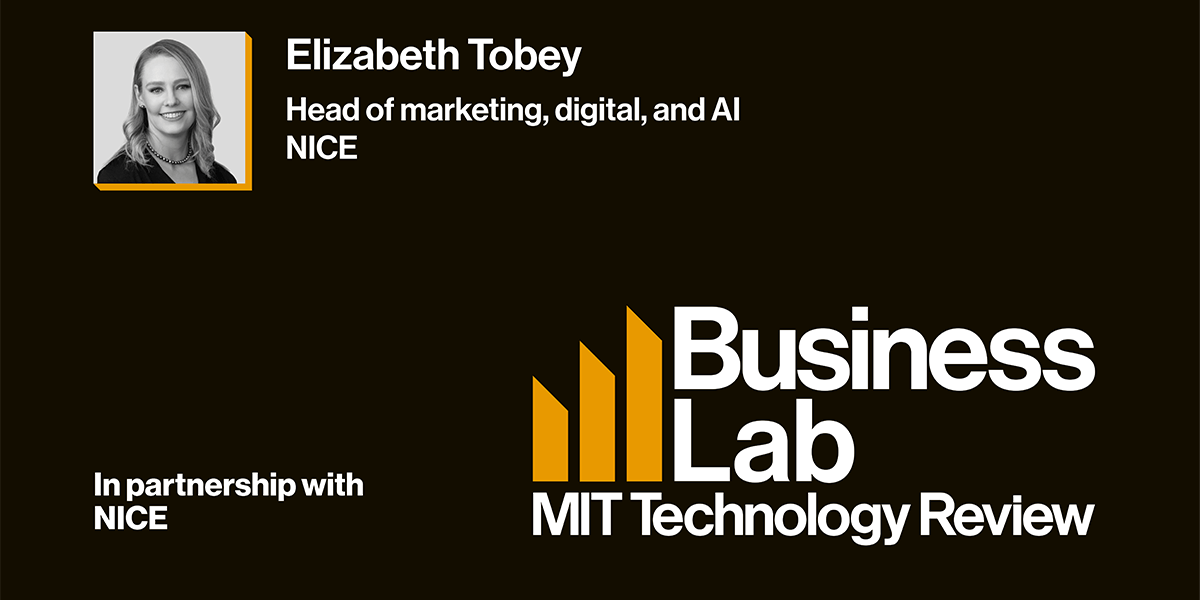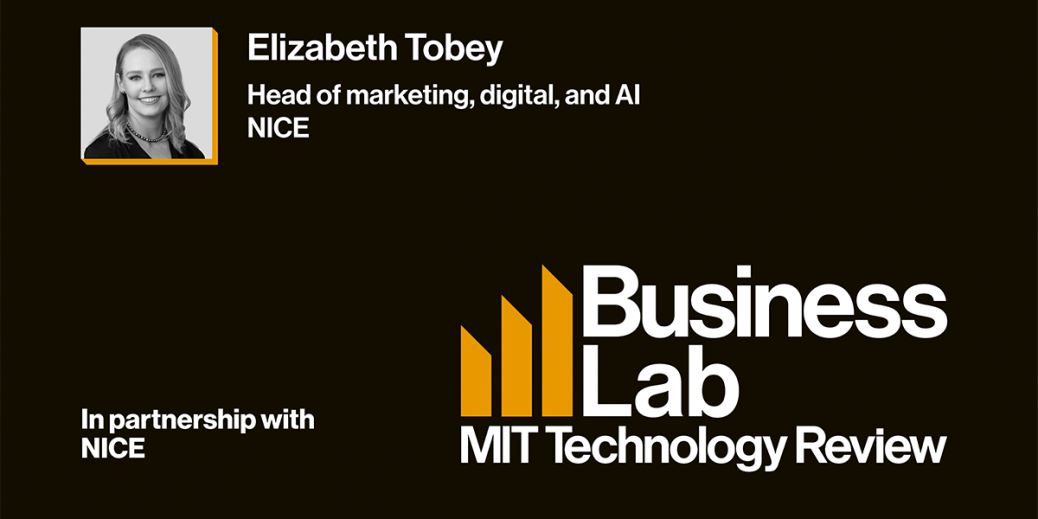
I think the same applies when we talk about either agents or employees or supervisors. They don’t necessarily want to be alt-tabbing or searching multiple different solutions, knowledge bases, different pieces of technology to get their work done or answering the same questions over and over again. They want to be doing meaningful work that really engages them, that helps them feel like they’re making an impact. And in this way we are seeing the contact center and customer experience in general evolve to be able to meet those changing needs of both the [employee experience] EX and the CX of everything within a contact center and customer experience.
And we’re also seeing AI being able to help uplift that to make all of those struggles and hurdles that we are seeing in this more complex landscape to be more effective, to be more oriented towards actually serving those needs and wants of both employees and customers.
Laurel: A critical element of great customer experience is building that relationship with your customer base. So then how can technologies, like you’ve been saying, AI in general, help with this relationship building? And then what are some of the best practices that you’ve discovered?
Elizabeth: That’s a really complicated one, and I think again, it goes back to the idea of being able to use technology to facilitate those effective solutions or those impactful resolutions. And what that means depends on the use case.
So I think this is where generative AI and AI in general can help us break down silos between the different technologies that we are using in an organization to facilitate CX, which can also lead to a Franken-stack of nature that can silo and fracture and create friction within that experience.
Another is to really be flexible and personalize to create an experience that makes sense for the person who’s seeking an answer or a solution. I think all of us have been consumers where we’ve asked a question of a chatbot or on a website and received an answer that either says they don’t understand what we’re asking or a list of links that maybe are generally related to one keyword we have typed into the bot. And those are, I would say, the infant notions of what we’re trying to achieve now. And now with generative AI and with this technology, we’re able to say something like, “Can I get a direct flight from X to Y at this time with these parameters?” And the self-service in question can respond back in a human-readable, fully formed answer that’s targeting only what I’ve asked and nothing else without having me to click into lots of different links, sort for myself and really make me feel like the interface that I’ve been using isn’t actually meeting my need. So I think that’s what we’re driving for.
And even though I gave a use case there as a consumer, you can see how that applies in the employee experience as well. Because the employee is dealing with multiple interactions, maybe voice, maybe text, maybe both. They’re trying to do more with less. They have many technologies at their fingertips that may or may not be making things more complicated while they’re supposed to make things simpler. And so being able to interface with AI in this way to help them get answers, get solutions, get troubleshooting to support their work and make their customer’s lives easier is a huge game changer for the employee experience. And so I think that’s really what we want to look at. And at its core that is how artificial intelligence is interfacing with our data to actually facilitate these better and more optimal and effective outcomes.
Laurel: And you mentioned how people are familiar with chatbots and virtual assistants, but can you explain the recent progression of conversational AI and its emerging use cases for customer experience in the call centers?
Elizabeth: Yes, and I think it’s important to note that so often in the Venn diagram of conversational AI and generative AI, we see an overlap because we are generally talking about text-based interactions. And conversational AI is that, and I’m being sort of high level here as I make our definitions for this purpose of the conversation, is about that human-readable output that’s tailored to the question being asked. Generative AI is creating that new and novel content. It’s not just limited to text, it can be video, it can be music, it can be an image. For our purposes, it is generally all text.
I think that’s where we’re seeing those gains in conversational AI being able to be even more flexible and adaptable to create that new content that is endlessly adaptable to the situation at hand. And that means in many ways, we’re seeing even more gains that no matter how I ask a question or you ask a question, the answer coming back from self-service or from that bot is going to understand not just what we said but the intent behind what we said and it’s going to be able to draw on the data behind us.






Recent Comments